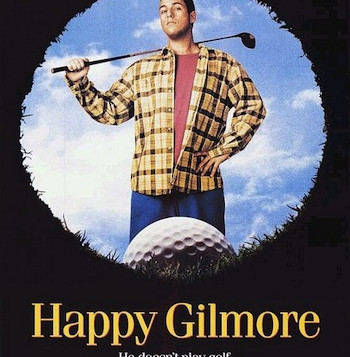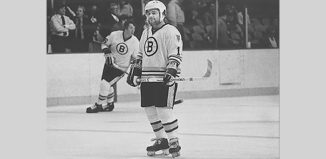Sports Training: Transferring Skill
By Mark Healey
Most coaching and fitness professionals understand the importance of developing a diverse set of sport-related motor skills to achieve elite status in a single sport. Especially true for younger athletes, participating in many sports can help increase transferable skills. For example, if you send your son to a premier boys soccer camp, the coaches will employ a plethora of unconventional drills to improve a number of specific soccer-related skills.
In fact, skill transfer between diverse activities can provide fantastic technical advantages. So how do skills transfer? And, are all transferrable skills helpful or do some hurt performance from one activity to the next?
Turns out, it’s a bit of both! There are actually many underlying causes for skill transfer. Let’s take a closer look at the varying types of skill transfer and how they can impact performance.
Positive Transfer
Positive transfer refers to two or more skills that positively influence performance in the other(s) when practiced independently. A “common sense” example of this is when someone who knows how to rollerblade first learns how to ice skate. Compared to an individual who has neither ice skated nor rollerbladed, you might predict the rollerblader will perform better at their first ice skating attempt. Eliminating all other experience variables, it’s easy to see why the rollerblader will more efficiently navigate the ice – the similarity between motions.
The rollerblading and ice skating example is good for visualizing positive transfer via functional motor skills, but there is much more to positive transfer than meets the eye. Studies indicate that bilinguals can more easily learn a third language than those learning a second. Neurologically speaking, people who know multiple languages have highly developed brain-language-centers, making them more linguistically intelligent and flexible. This not only makes learning a new language easier, but also improves proficiency in native languages. Positive transfer.
Negative Transfer
Unlike positive transfer, negative transfer refers to two or more skills that negatively influence performance in the other(s) when practiced independently. If you watched Happy Gilmore at any point in your life then you’ve seen negative transfer in action. He crushes his drive but putts like a 2-year old. Even though positive transfer occurs between his slap-shot and drive (even though his form is ridiculous), negative transfer from previously learned hockey skills disrupt his putting control. Happy’s perception of putting was skewed due to the subtle differences in movement patterns and timing of movements learned while playing hockey. Interestingly enough, rather than unlearning his hockey-like disposition, he circumvents the negative transfer issue by using a mini hockeystick as his putter. Problem solved.
Bilateral Transfer
Bilateral transfer, a very interesting concept, occurs when the transfer of learning relates to learning of the same task but with different limbs. To test bilateral transfer for a particular skill, subjects undergo a pretest with both their preferred and non-preferred limbs by performing a specific task – like kicking a football or throwing a baseball. The pre-test assess each limb’s baseline skill level. Following the pretest, each subject practices the given task with only their preferred limb. A posttest reassesses both preferred and non-preferred limbs and determines whether or not skill was transferred to the non-practiced limb. If skill is transferred, both limbs will show improved results from the pretest to the posttest.
What learning mechanism causes bilateral transfer?
Some of you might know that the brain’s left hemisphere controls the motor actions of the right side of the body and vice versa. It just so happens that there is quite a bit of communication between both hemispheres and motor skills learned with one side of the body can directly impact the opposite side’s skill level. This occurs in two ways: a) the cognitive aspects of the skill are transferred b) the learned motor control program transfers from one limb to other (like copying a computer game from one computer to another).
It’s amazing to see a snapshot of how the brain and body learn together. Plus, understanding how skills are transfered from one experience to the next only further promotes the importance of practice and training.















[…] What is an example of positive transfer in sport? […]